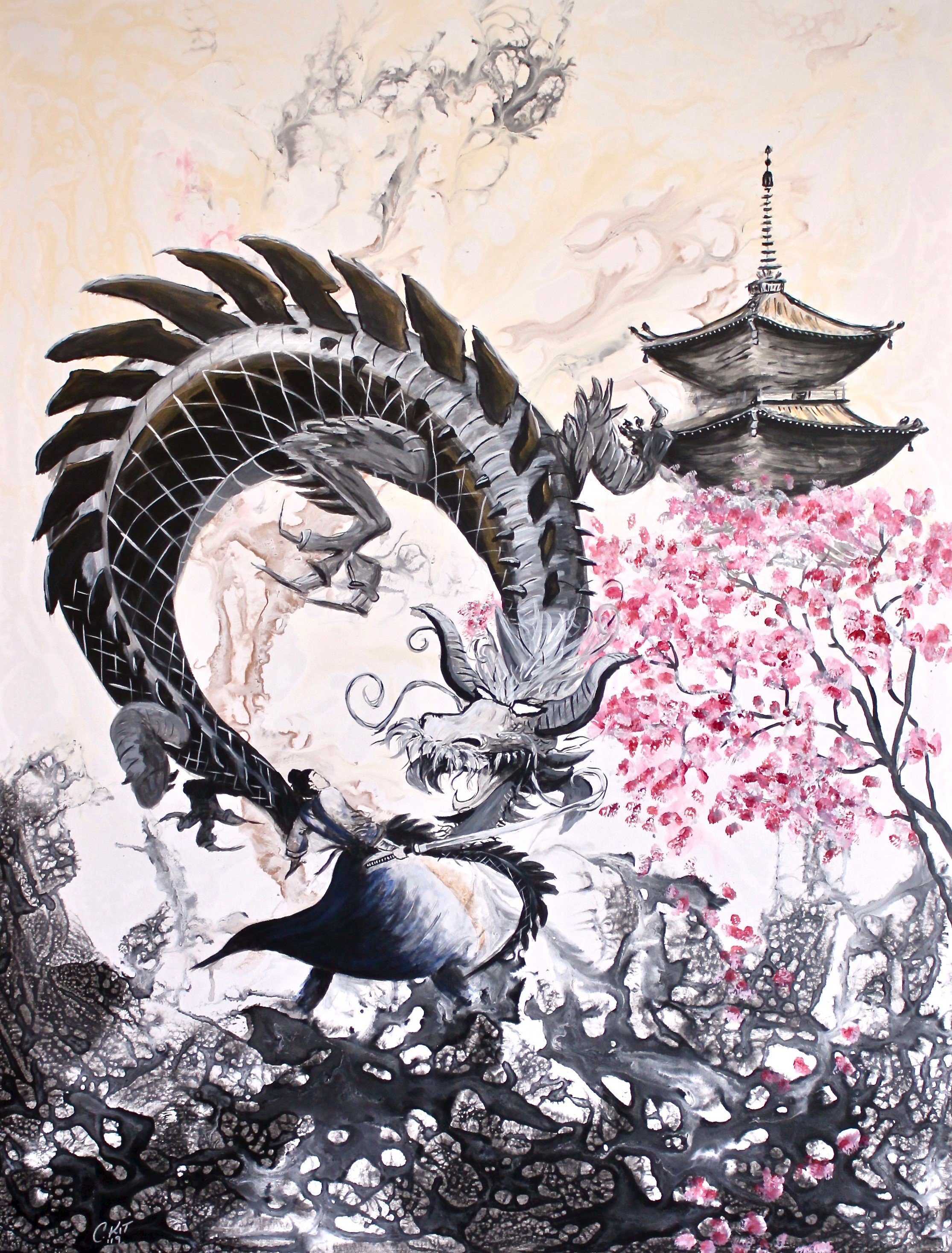Interview
Carley Rangen
Carley Rangen has lived in Vernon, the ‘Heart of The Okanagan’, since she was four. She has raised her three children there, and worked in the school district as a teacher’s assistant for 12 years.
In 2007, a friend approached Carley with a request to work for her interior design company. Carley left the school district and, trusting a new direction, continued in the design world for 15 years under the name Olive Tree Interior Designs.
When Carley took up art in 2018, many of her clients started to ask for her pieces to display in their beautiful spaces. Considering she was so new in the field, it was and continues to be very honouring. Carley will often say, “You have to connect and love the piece, or it’s not for you.”
What is your background and how did you start your journey in the art world?
“I'm a self-taught artist. I used to sketch as a child and I’ve taken a few classes over the years, such as a watercolour course after my first child was born. I’ve always been drawn to the art world for its creativity and diversity. In 2007, I entered interior design as a career, using my creativity to design clients’ interiors.
In 2018, I decided I wanted to paint, so I Googled acrylics. I watched videos on the pouring technique and decided to try. I’ve been playing ever since, developing my own style. Acrylic pours took off as a popular way to move paint, and that’s what I use to create my art.”
“I love the idea of doing what you love in life, and truly connecting with your essence. Mine is definitely art. I hope to inspire those around me to break out of the mold of what we ‘think’ we should be doing, and do what inspires you.”
What inspires you most?
“I’m inspired by the beauty of nature around us - all the colours and different lighting. The depths and contrasts. I love painting with my hands and experimenting. It’s so much fun to see how colours mix together and pop off the canvas.
I'll often think of ideas as inspirations, or look at photos and then try to reproduce them. They never turn out how I first envisioned, but I’m usually happy with the outcome. I like the intuitive process of letting the art flow through you. I have had quite a few customers requesting different styles, and it’s always rewarding to see how they turn out. One must remove the fear of ‘I can't’ and trust the creative process.”
What themes do you pursue? Is there an underlying message in your work?
“My theme is one of freedom; of not being afraid. Challenge yourself and see what you can do. Its an amazing feeling to look at a piece and say, ‘I just did that.’”
How would you describe your work?
“My work is loose, colorful, nonrestrictive, vibrant, and evolving. Someone recently told me that they love how whimsical and experimental my art is, in contrast to how ‘controlled’ the process of art usually is.”
What artists influence you most?
“All artists influence me. I'm always amazed at the variety of different talent. I saw an artist at the Guggenheim Museum once, and it was burlap constructed in different shapes. I thought if this can be displayed here, I can do art as well.
Van Gogh was awesome to see in person.”
What is your creative process like?
"My process consists of finding something that has inspired me, and taking acrylic paints to canvas with my hands, transferring to brushes for a different technique. I will prep the canvas and sometimes have to ponder for a couple of days before starting. There’s a shift in the brain when you start to feel the flow of a particular piece.”




What is an artist’s role in society and how do you see that evolving?
“I grew up in the era of ‘you can't make it as an artist, you'll starve.’ I wish I had studied art in university, but it has found me another way!
I love how the artistic brain is being recognized globally; artists being seen as important. We, as artists, view things differently. We help linear and analytical brains to see problems and ideas from different angles. Instead of looking inside the box for answers, we tend to look out and are open to creative solutions. There seems to be more balance in accepting all kinds of talent, and working together universally.”
Have you had any noteworthy exhibitions you'd like to share?
“Most of my work is sold, and I’m very grateful. Hopefully, I will work on something next year.”
Instagram: @carleyrangen
Other: Facebook






